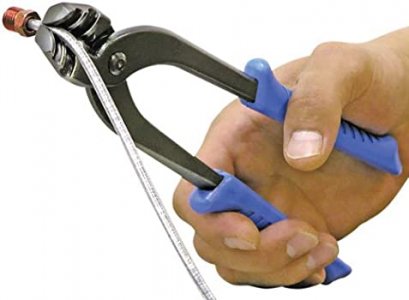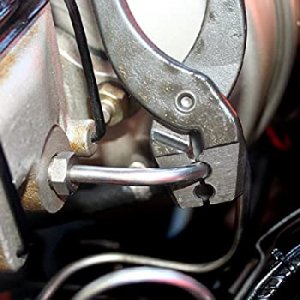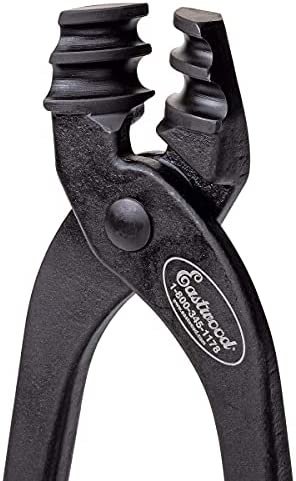goodO1boydws
Active member
I've seen and used several different STYLES of manual multi-diameter brake line/small diameter tube bending tools, but they have all been types that required the tubing to be either off the vehicle entirely, or have an extreme amount of working room if not.
Yesterday I came across a style of bender that was new-to me.
Its a pliers style, with compact jaws that can bend tubing sideways with respect to the orientation of the tool handles.
My first thought was that in some situations it could possibly be used to tweak the configuration of on-the-vehicle tubing, either to correct a bend in home-made lines that, once installed were not quite right, or to rebend lines to allow better clearance to allow for a slight shape/size change when replacing OEM parts with aftermarket ones.
Anyhow, FWIW, here's a link to the type I'm talking about.
Unfortunately, it only works on 3/16" and 1/4" tubing.
There are a lot of cheaper ones of this style, but this one has what looks to have either very close tolerance cast steel parts or machined jaw faces. Others I looked at appear to have much rougher jaws, and I suspect are made of a lower grade of material, possibly even cast iron.
Yesterday I came across a style of bender that was new-to me.
Its a pliers style, with compact jaws that can bend tubing sideways with respect to the orientation of the tool handles.
My first thought was that in some situations it could possibly be used to tweak the configuration of on-the-vehicle tubing, either to correct a bend in home-made lines that, once installed were not quite right, or to rebend lines to allow better clearance to allow for a slight shape/size change when replacing OEM parts with aftermarket ones.
Anyhow, FWIW, here's a link to the type I'm talking about.
Unfortunately, it only works on 3/16" and 1/4" tubing.
There are a lot of cheaper ones of this style, but this one has what looks to have either very close tolerance cast steel parts or machined jaw faces. Others I looked at appear to have much rougher jaws, and I suspect are made of a lower grade of material, possibly even cast iron.




